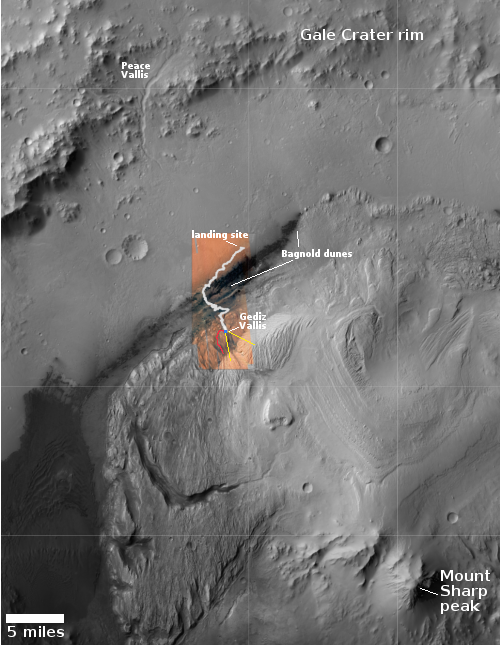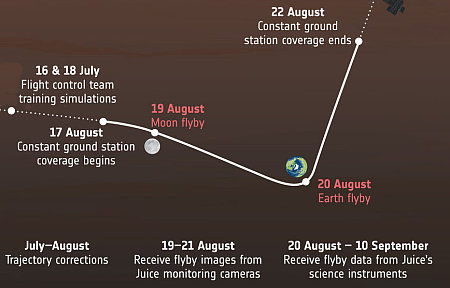July 24, 2024 Quick space links
Courtesy of BtB’s stringer Jay. This post is also an open thread. I welcome my readers to post any comments or additional links relating to any space issues, even if unrelated to the links below.
- Rocket Lab touts a picture of a stack of “carbon composite structures” to be used in its new Neutron rocket
The company says it is making progress on “fairing panels, propellant tanks, interstage panels, and more.” The company is targeting mid-2025 for the first launch.
- The core stage of SLS for the next Artemis launch, the first manned, has now been delivered to Florida
You can watch the entire unloading process here. The launch is presently scheduled for September 2025, but don’t be surprised if it slips considerably.
- On this day in 1969 the Apollo 11 crew went through customs in Hawaii, declaring “moon rock and moon dust samples” as part of their “baggage”
The picture of the customs form at the link is very amusing. As the tweet notes, “Best day in this Hawaiian customs agent’s life.”
Courtesy of BtB’s stringer Jay. This post is also an open thread. I welcome my readers to post any comments or additional links relating to any space issues, even if unrelated to the links below.
- Rocket Lab touts a picture of a stack of “carbon composite structures” to be used in its new Neutron rocket
The company says it is making progress on “fairing panels, propellant tanks, interstage panels, and more.” The company is targeting mid-2025 for the first launch.
- The core stage of SLS for the next Artemis launch, the first manned, has now been delivered to Florida
You can watch the entire unloading process here. The launch is presently scheduled for September 2025, but don’t be surprised if it slips considerably.
- On this day in 1969 the Apollo 11 crew went through customs in Hawaii, declaring “moon rock and moon dust samples” as part of their “baggage”
The picture of the customs form at the link is very amusing. As the tweet notes, “Best day in this Hawaiian customs agent’s life.”















